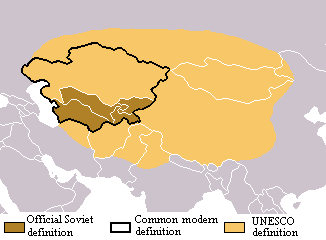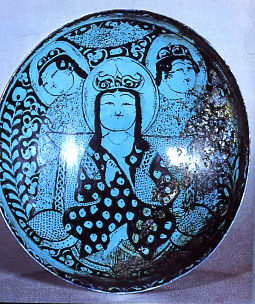WHI-Chap18-Obj1
Describe the lifestyle and culture of nomadic society.
Located in Central Asia, the Turk nomads where a herding society that, mainly as a result of scarce food, never formed a single homogeneous group. Due to the lack of fertile land, these nomads didn’t really farm but rather adapted with the ecological conditions of the area as well as the migratory patterns of the animals. They themselves herded sheep, horses, cattle and camel. By fermenting mare’s milk, nomads made an alcoholic drink called kumis. Turkish nomads lived in large tents called yurts that could easily assembled and disassembled. Their earliest religion centered around Shamans. These people were religion specialists and could communicate with the gods, as well as tell the future and cure diseases. Some where also Muslim or Buddhist. Aside from the Shaman, the nomads had two social classes, the warriors and the common people. The warriors were mostly part of the cavalry, which at times of crisis, was led by the Khan. During these times of crisis, all the tribes united but went their own ways in times of peace. There was also some trade in these times of peace with settled people. Later, since the nomads knew the land well, they also led caravans across central Asia.
Location: steppes of central Asia -Since there aren’t many rivers in central Asia the land is not very fertile and is mostly grass. This meant the Nomads could not grow much food and therefore survived by herding animals.
Food: Sheep, horses cattle, goat, camels, millet and some vegetables -As a result of their location, Nomads depended on animals for food supplies and did not farm or form have large-scale irrigation systems
Religion: Shamans- talked to gods, seers-fortune tellers and doctors, - (also Buddhism and Islam)
Military: the Khan controlled everyone when there is crisis, but not during daily life - had a cavalry and shot from horses
Classes: warriors and common people and a Shaman
Trade: small scale trade with settled societies. -Led caravans across central Asia in the postclassical era. -traded for agricultural products and manufactured goods -produced some pottery, leather goods, iron weapons and tools

Three sets of possible boundaries for the steppes of central Asia
 Suljuk pottery
Suljuk pottery
Return to Main Page:WHI-Second Semester
Created by Nataly Torres